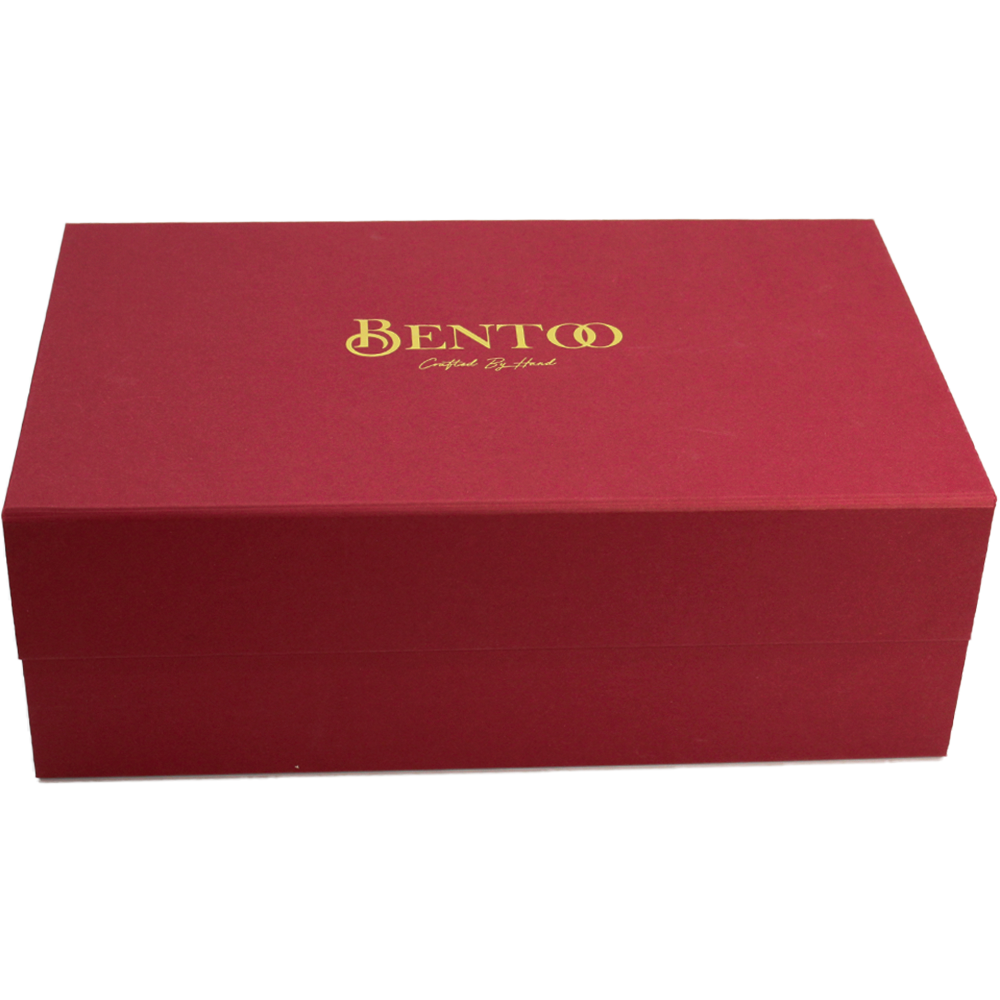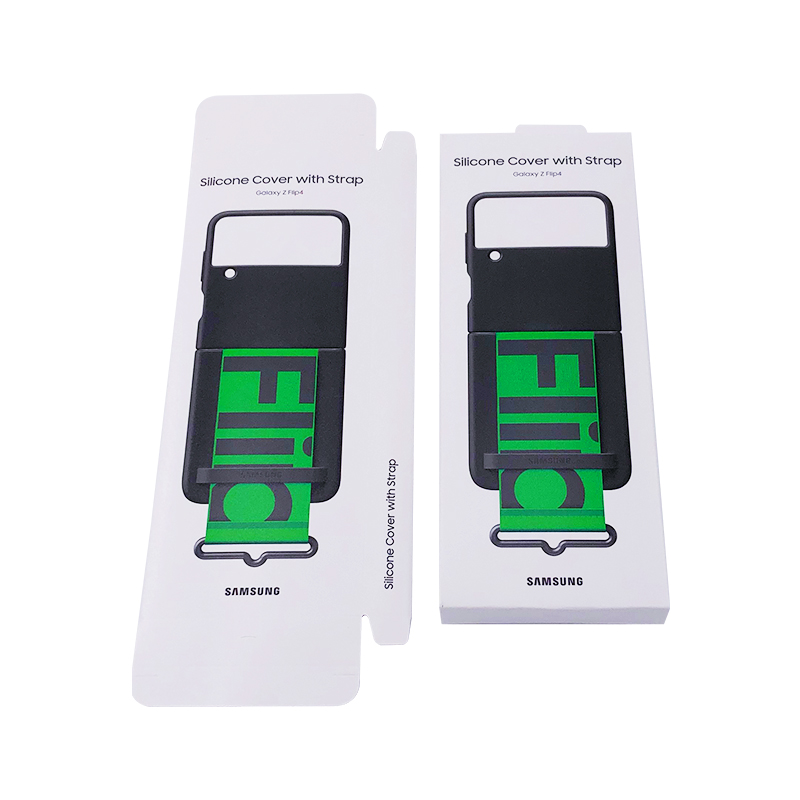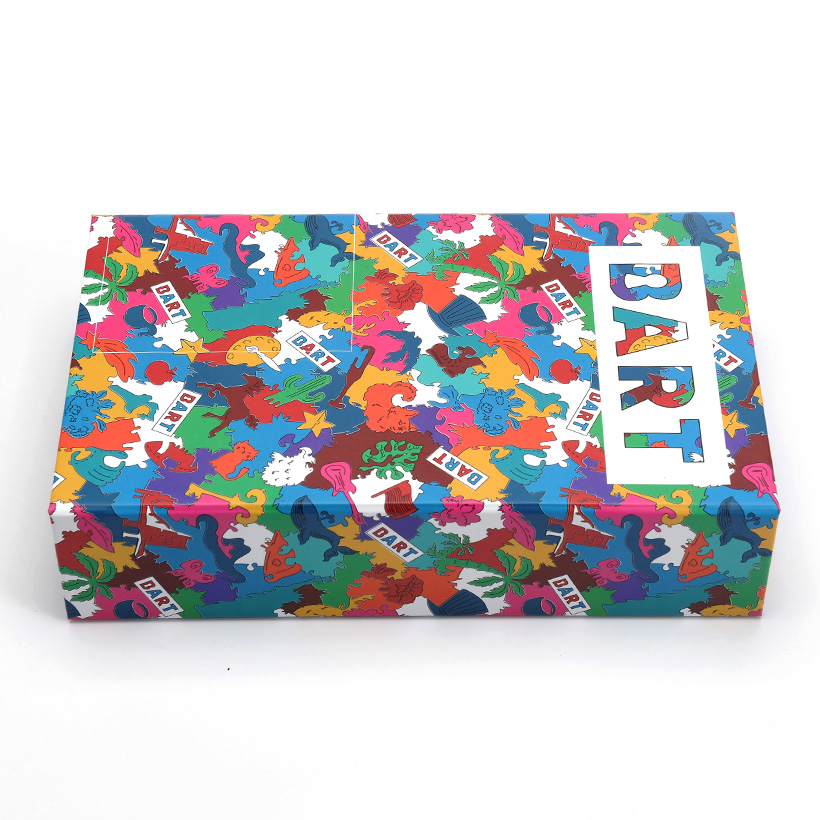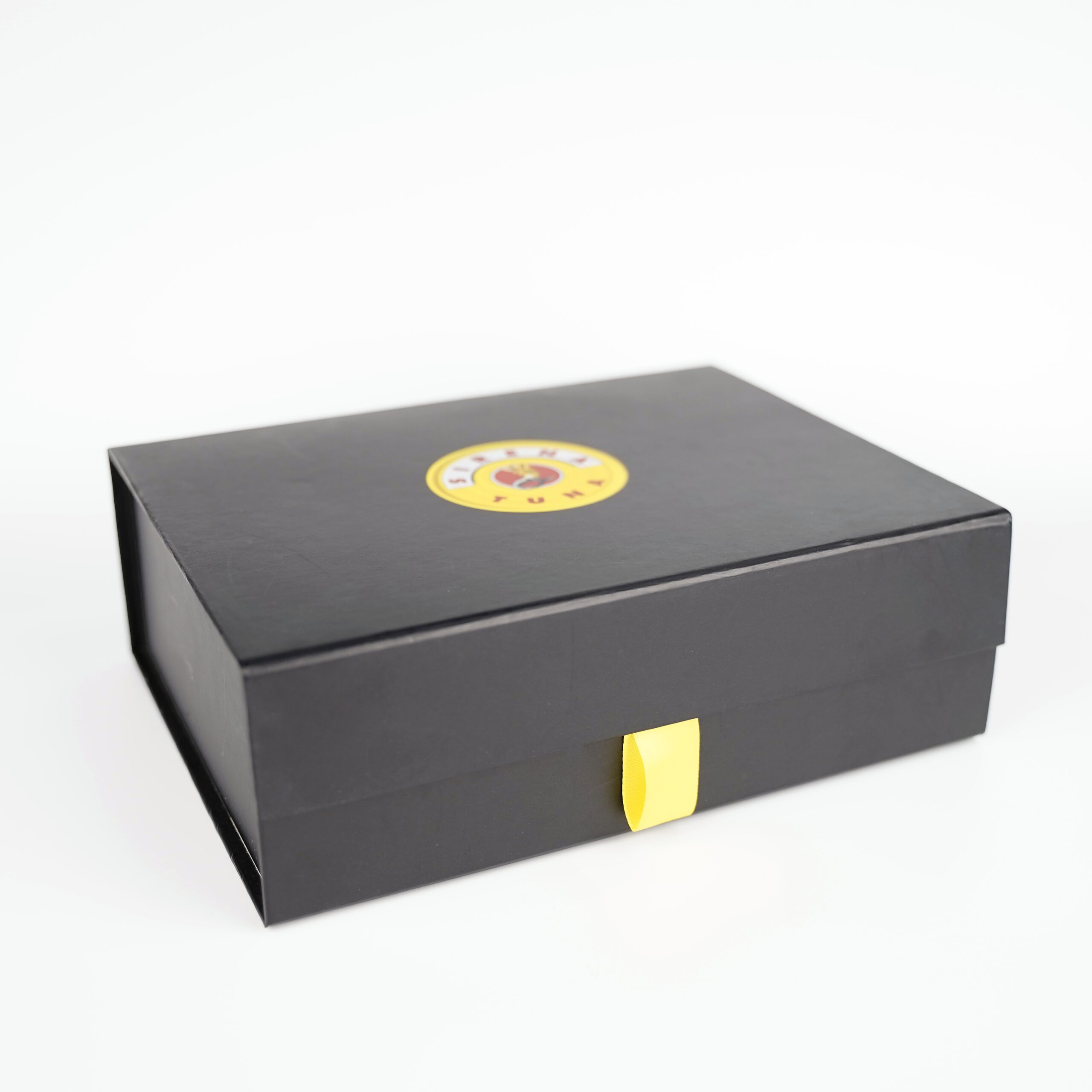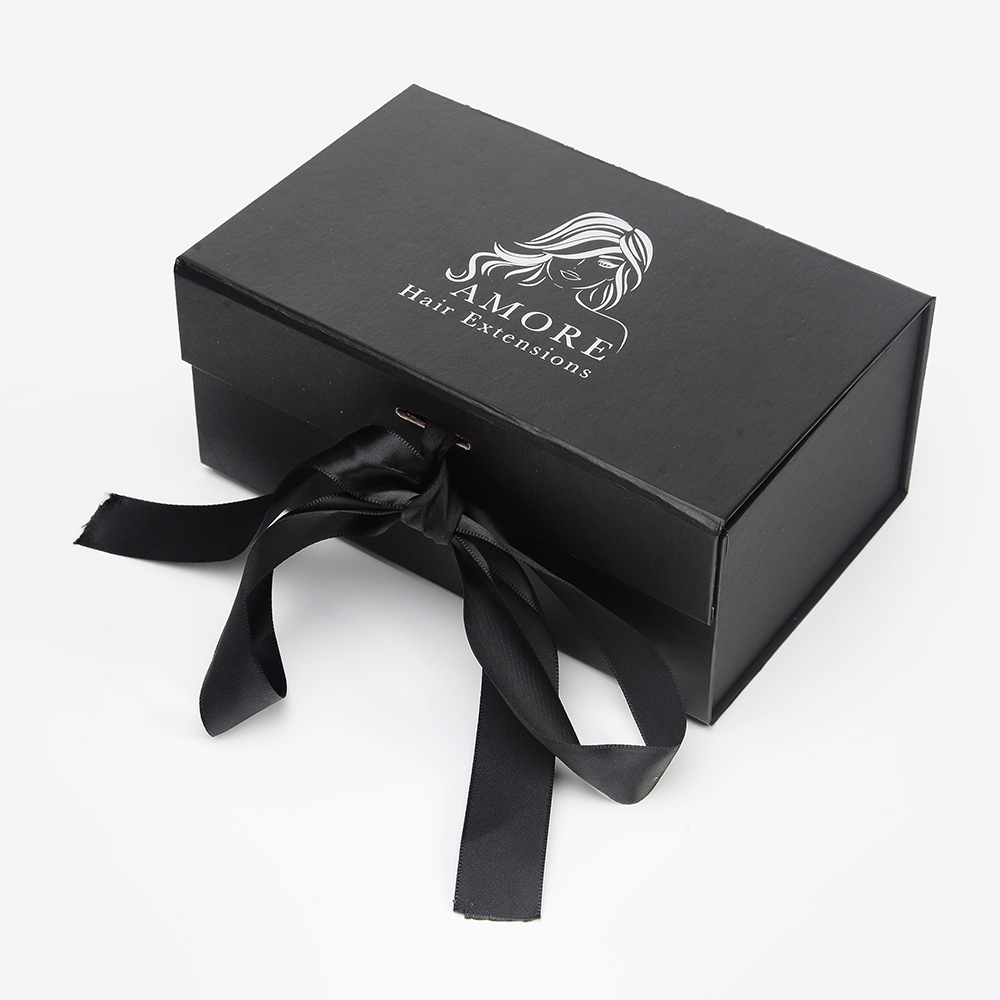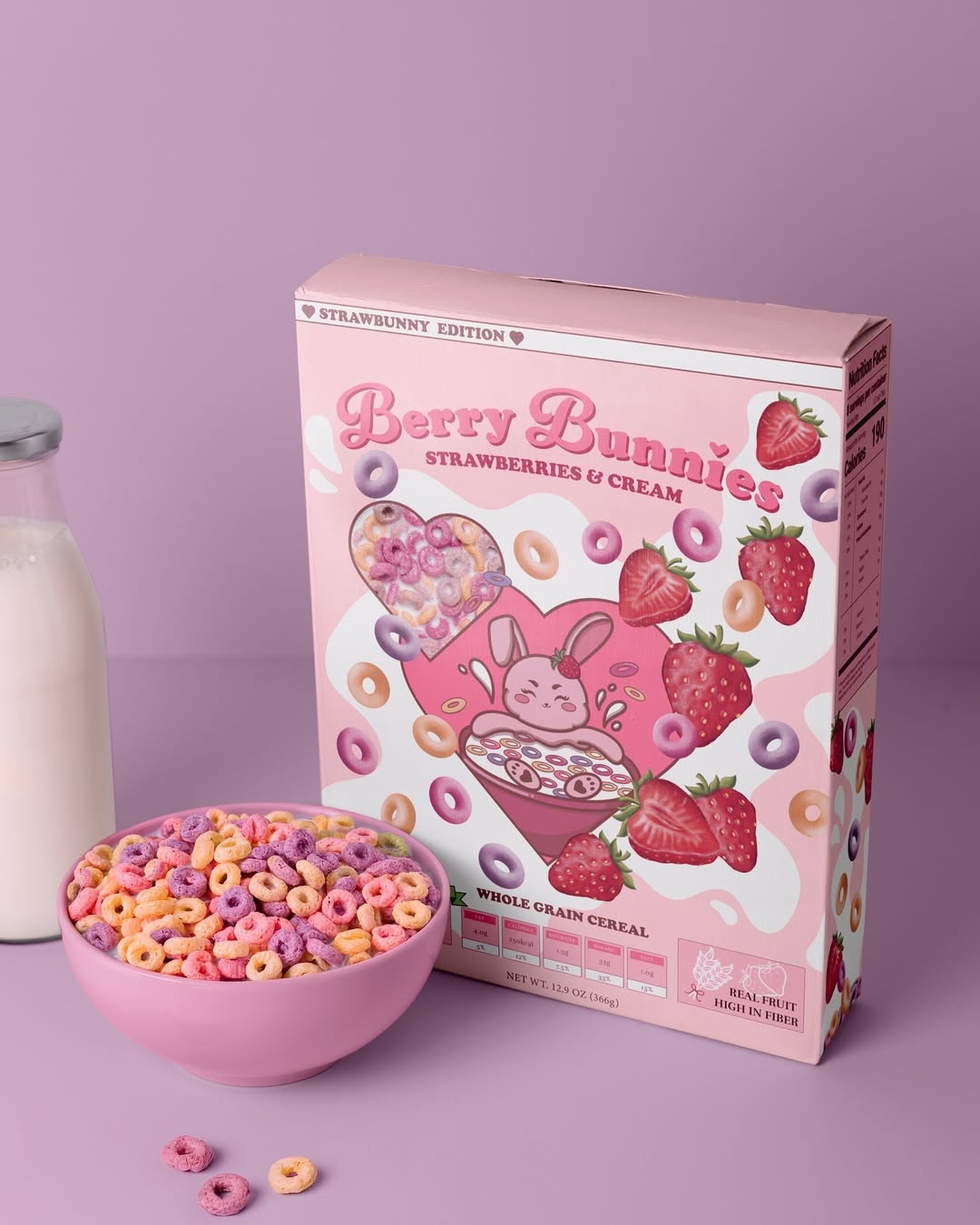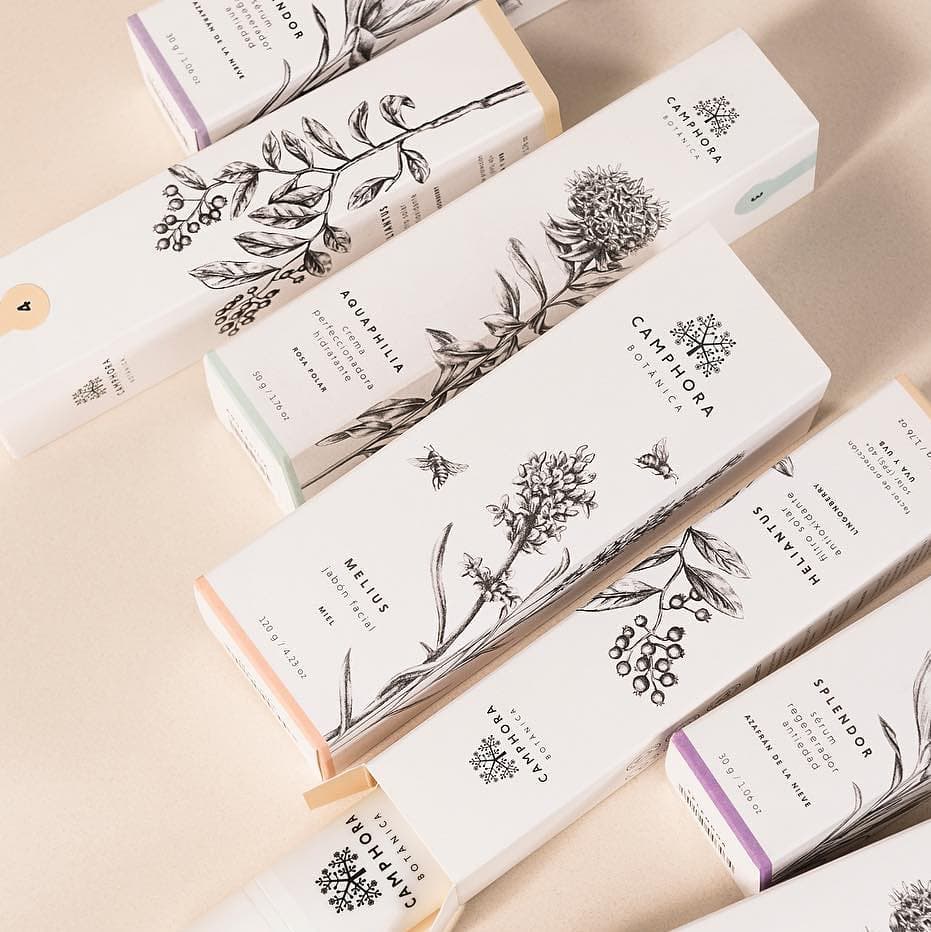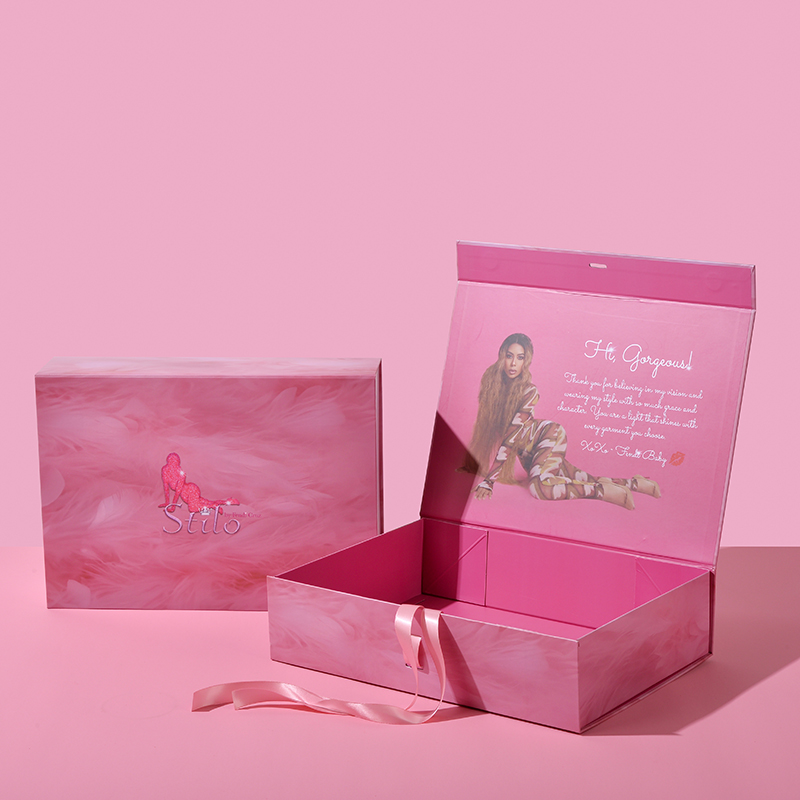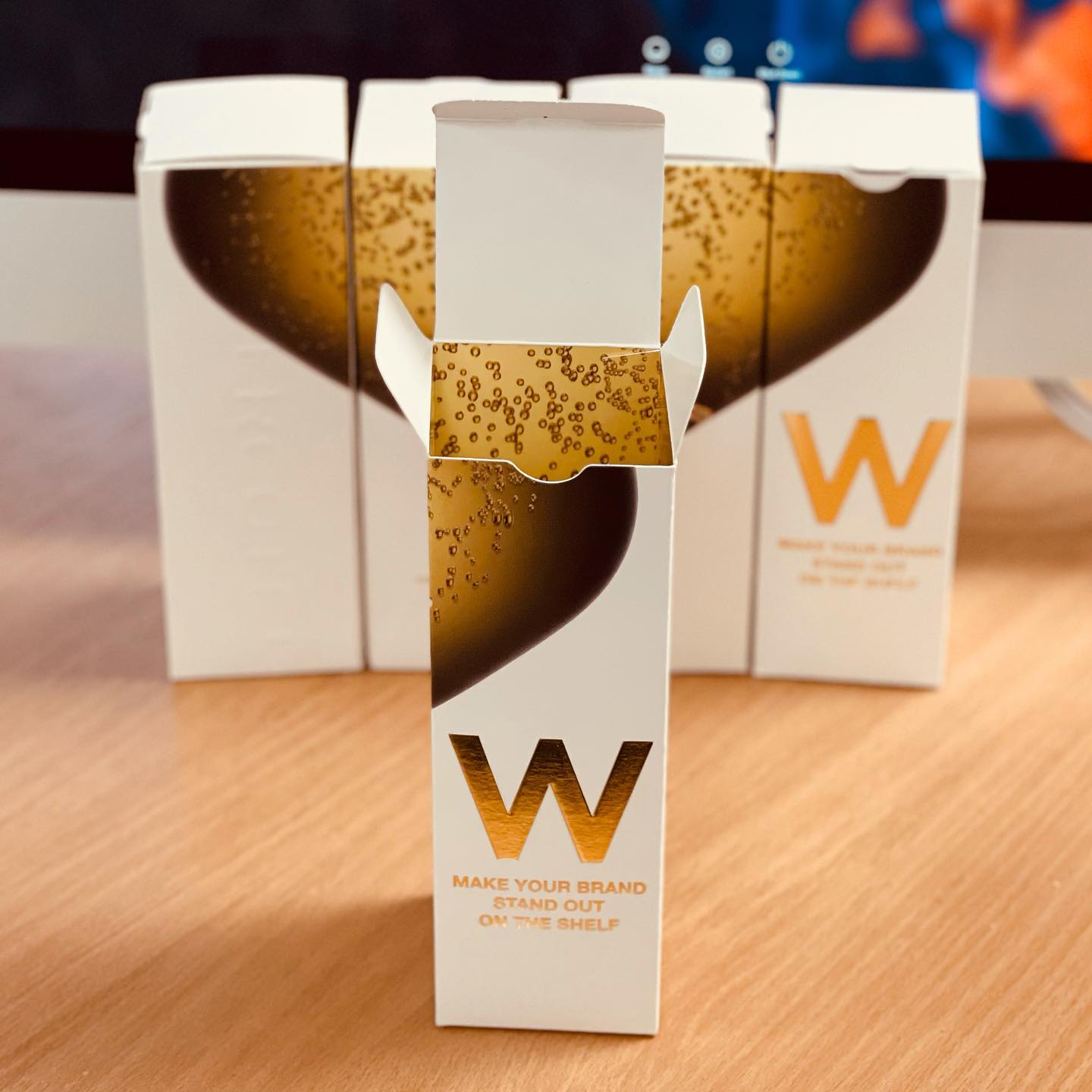When running a small business, one of the most significant aspects of your product offering is the packaging. Whether you operate an e-commerce store or a brick-and-mortar shop, custom packaging is a powerful tool that helps establish your brand, attract customers, and create a lasting impression. Custom packaging goes beyond functionality—it serves as a representation of your brand and can enhance your customer experience, influencing purchasing decisions and fostering loyalty. In this guide, we’ll walk you through the process of creating custom packaging boxes for your small business, explain why it’s essential, and offer actionable tips to help you get started.
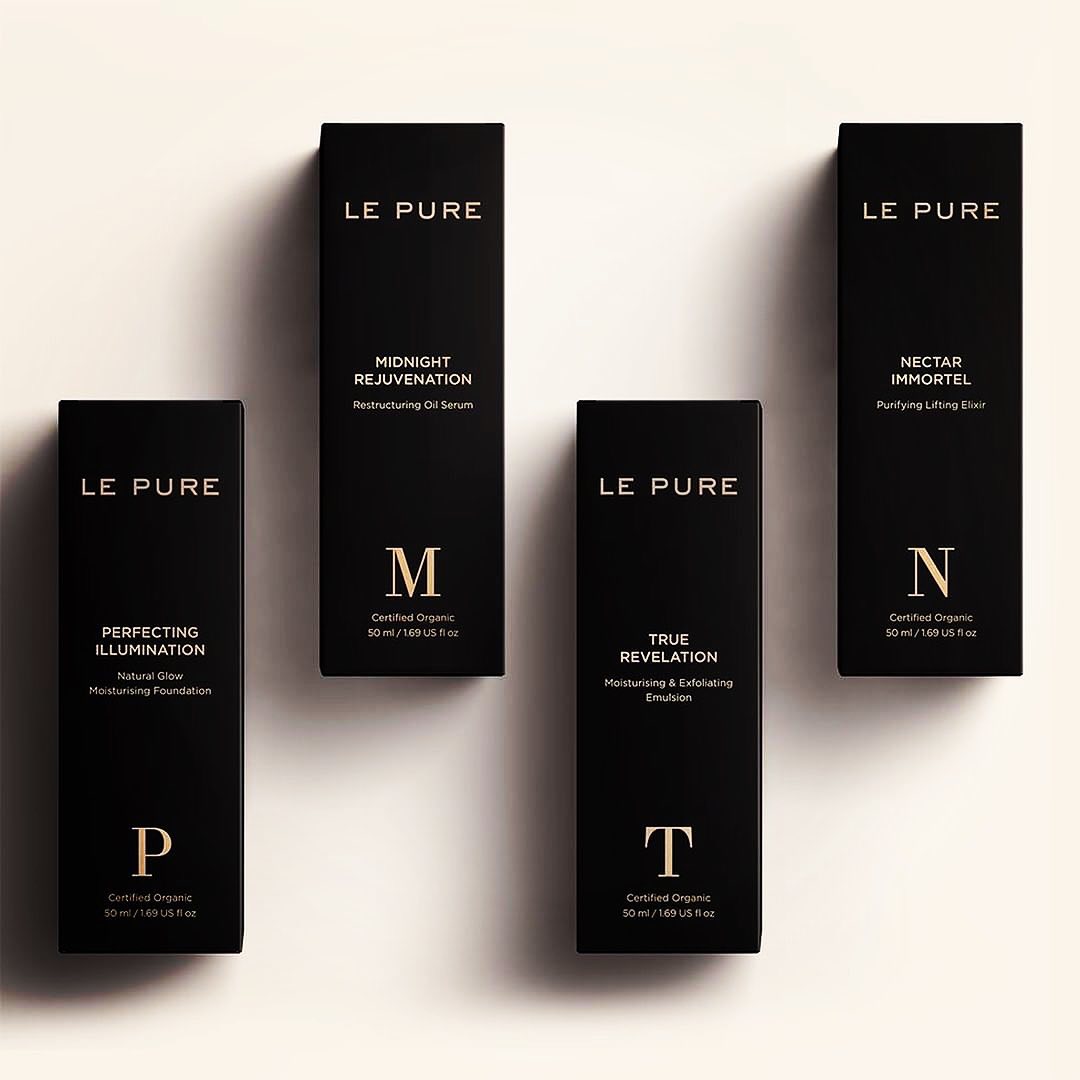
1. Why Custom Packaging Is Crucial for Your Small Business
Packaging is more than just a protective layer for your product. It’s the first thing customers see, and it can significantly influence their perception of your brand. When it’s done well, custom packaging helps your product stand out in a crowded market, builds brand identity, and fosters customer loyalty. Below are the reasons why custom packaging is a must for small businesses:
1.1 Makes a Strong First Impression
Your product packaging is often the first point of contact a customer has with your brand, whether it’s online or in-store. Custom packaging allows you to make an immediate impact. A well-designed box or bag catches the eye and creates excitement, making customers more likely to remember your brand. Attractive packaging shows that you care about the customer’s experience, which can go a long way in building trust and encouraging repeat purchases.
1.2 Helps You Stand Out from the Competition
In a competitive marketplace, your products need to distinguish themselves from the rest. Custom packaging provides a unique opportunity to do just that. While competitors may use generic packaging, a custom design sets your product apart. Whether it’s the use of vibrant colors, innovative shapes, or distinctive designs, custom packaging ensures that your product is memorable and stands out on the shelf, both physically and virtually.
1.3 Boosts Brand Recognition
When you use custom packaging consistently across your product range, you create a visual connection between your products and your brand. Custom boxes with your logo, brand colors, and messaging help consumers easily identify your brand and remember it when they’re looking to make a purchase. This consistency builds brand recognition over time, helping customers trust your products and increasing the likelihood of future purchases.
1.4 Enhances Customer Experience
The experience of unboxing a product has become an integral part of consumer culture. Packaging that is not only functional but also aesthetically pleasing creates an enjoyable and memorable experience for customers. Thoughtful packaging can surprise and delight, turning an ordinary purchase into a more personalized experience. By investing in custom packaging, you elevate the entire customer journey and encourage loyalty.
2. The Key Elements of Custom Packaging Design
Creating the perfect custom packaging requires careful thought and consideration. Your packaging design needs to align with your brand’s values and goals while also being practical and functional. Here’s a breakdown of the key elements you should consider when designing your custom packaging:
2.1 Packaging Material Selection
The material you choose for your custom packaging will significantly impact the look, feel, and durability of your boxes. Common packaging materials include cardboard, paperboard, corrugated boxes, and specialty materials like velvet or eco-friendly options. Choose a material that suits your brand’s image and product requirements. For instance, luxury brands may opt for thicker, premium cardboard, while businesses focusing on sustainability may choose biodegradable or recyclable materials. Consider the weight of the product, the fragility, and the shipping method when selecting materials.
2.2 Custom Logo and Branding
Your logo is the most important element of your custom packaging design. It should be prominently displayed on your packaging to ensure brand visibility. Along with your logo, use brand colors, fonts, and unique design elements that reflect your business’s personality. A strong, consistent design helps consumers easily recognize your brand and creates a visual association with your products. Be sure to choose high-quality printing methods such as foil stamping or embossing for a professional finish.
2.3 Functional Design
While aesthetics are important, the functionality of your custom packaging is just as crucial. The packaging should securely protect the product while being easy to open, handle, and store. If your product requires specific protective features, such as inserts or dividers, include them in the design. Also, consider ease of use—will customers be able to open the box without hassle? A simple and well-designed structure can improve the unboxing experience and ensure your product arrives in pristine condition.
2.4 Eco-friendly Packaging
In today’s market, consumers are increasingly concerned about the environmental impact of their purchases. Offering eco-friendly packaging is a great way to align your brand with sustainability efforts. Look for materials that are recyclable, biodegradable, or made from recycled content. Offering packaging that is reusable or refillable is another great way to reduce waste and appeal to eco-conscious customers. Make sure to communicate your sustainability efforts on the packaging to build trust and highlight your brand’s commitment to the environment.
3. How to Design and Order Custom Packaging for Your Small Business
Once you’ve understood the importance of custom packaging and decided on the essential elements, it’s time to bring your design to life. Here’s a step-by-step guide to creating custom packaging boxes for your small business:
3.1 Define Your Packaging Goals
Before you begin the design process, outline the goals you want your custom packaging to achieve. Are you focusing on aesthetics to stand out on store shelves, or is functionality the top priority for your e-commerce store? Understanding your primary objective will guide the design process and ensure that your packaging aligns with your overall branding strategy.
3.2 Choose the Right Packaging Size and Style
Choosing the right size and style of your packaging is essential to ensure your products fit securely while keeping shipping costs low. Packaging should be snug enough to prevent any movement inside the box but not too tight that it causes damage to the product. Common packaging styles for small businesses include tuck-end boxes, mailer boxes, and custom folding cartons. Work with your packaging supplier to find the best style and size for your specific needs.
3.3 Create or Work with a Designer on Your Artwork
If you have graphic design skills, you can create your own artwork for your custom packaging. If not, consider working with a professional graphic designer who specializes in packaging. Make sure that your design reflects your brand’s ethos, is visually appealing, and communicates the key product details clearly. Consider incorporating elements like your logo, tagline, product information, and any other branding elements that set your business apart. Ask your packaging supplier for templates and examples to help you get started.
3.4 Get Packaging Samples
Before placing a full order, request samples of your custom packaging to see how the design translates into a physical product. Samples allow you to check the quality of the material, the print accuracy, and how well your product fits inside the box. It’s crucial to approve the samples before proceeding with the final order to ensure everything meets your expectations.
3.5 Finalize Your Order and Work with a Trusted Supplier
Once you’re satisfied with the design and samples, finalize your order. Be sure to communicate all the necessary details to your packaging supplier, including the quantity, material specifications, delivery timelines, and any additional features (such as inserts or coatings). Choose a reliable supplier who can handle production and delivery efficiently, especially if you have time-sensitive orders.
4. 5 Tips for Maximizing the Effectiveness of Your Custom Packaging
After receiving your custom packaging, it’s important to maximize its effectiveness in driving sales and customer satisfaction. Here are some tips for making the most of your custom boxes:
4.1 Keep Your Branding Consistent
Consistency is key when it comes to branding. Ensure that your custom packaging reflects the same branding elements used on your website, social media, and marketing materials. This reinforces brand recognition and creates a cohesive experience for your customers.
4.2 Use Packaging to Enhance Customer Experience
Think about the customer experience from the moment they receive their product. Is the packaging easy to open? Does it feel like a special experience? Small touches, such as adding thank-you notes, personalized messages, or including a free sample, can enhance the customer’s unboxing experience and build loyalty.
4.3 Leverage Packaging for Social Media Marketing
Encourage customers to share their unboxing experiences on social media by including a branded hashtag or social media handles on your packaging. This can increase brand exposure and generate organic content that promotes your business. Eye-catching packaging is more likely to be shared, helping you reach a wider audience.
4.4 Invest in High-Quality Materials
High-quality packaging materials not only look more professional but also enhance the perceived value of your products. Customers will associate high-quality packaging with high-quality products, which can increase trust and customer satisfaction.
4.5 Stay On-Brand and On-Budget
While custom packaging is a great way to stand out, it’s important to stay within your budget. Ensure that your design and packaging choices align with your budget while maintaining the brand image you want to portray. Work with your supplier to find cost-effective materials and printing options that don’t compromise the quality of your packaging.
5. Conclusion: Create Custom Packaging That Reflects Your Brand
Custom packaging is an essential tool for small businesses looking to elevate their brand, attract customers, and foster brand loyalty. With careful thought and attention to detail, you can create packaging that not only protects your product but also tells your brand’s story and enhances the customer experience. By following the steps outlined in this guide, you’ll be on your way to designing effective and attractive custom packaging that sets your small business apart in a crowded market.
الأسئلة الشائعة
What are the main benefits of custom packaging for small businesses?
Custom packaging helps small businesses stand out in a competitive market, boosts brand recognition, enhances the customer experience, and encourages repeat purchases. It’s an essential marketing tool that creates a lasting impression and builds customer loyalty.
How can I reduce the cost of custom packaging for my small business?
To reduce packaging costs, consider ordering in bulk, choosing cost-effective materials, and working with a supplier who offers competitive pricing. You can also streamline your packaging design to minimize additional features or complicated shapes that can increase production costs.
How do I design custom packaging for my small business?
Start by choosing the right materials, creating a design that aligns with your brand, and working with a reputable supplier. Keep your packaging functional, eye-catching, and consistent with your brand’s identity. Consider requesting samples before making a final order to ensure everything meets your expectations.

